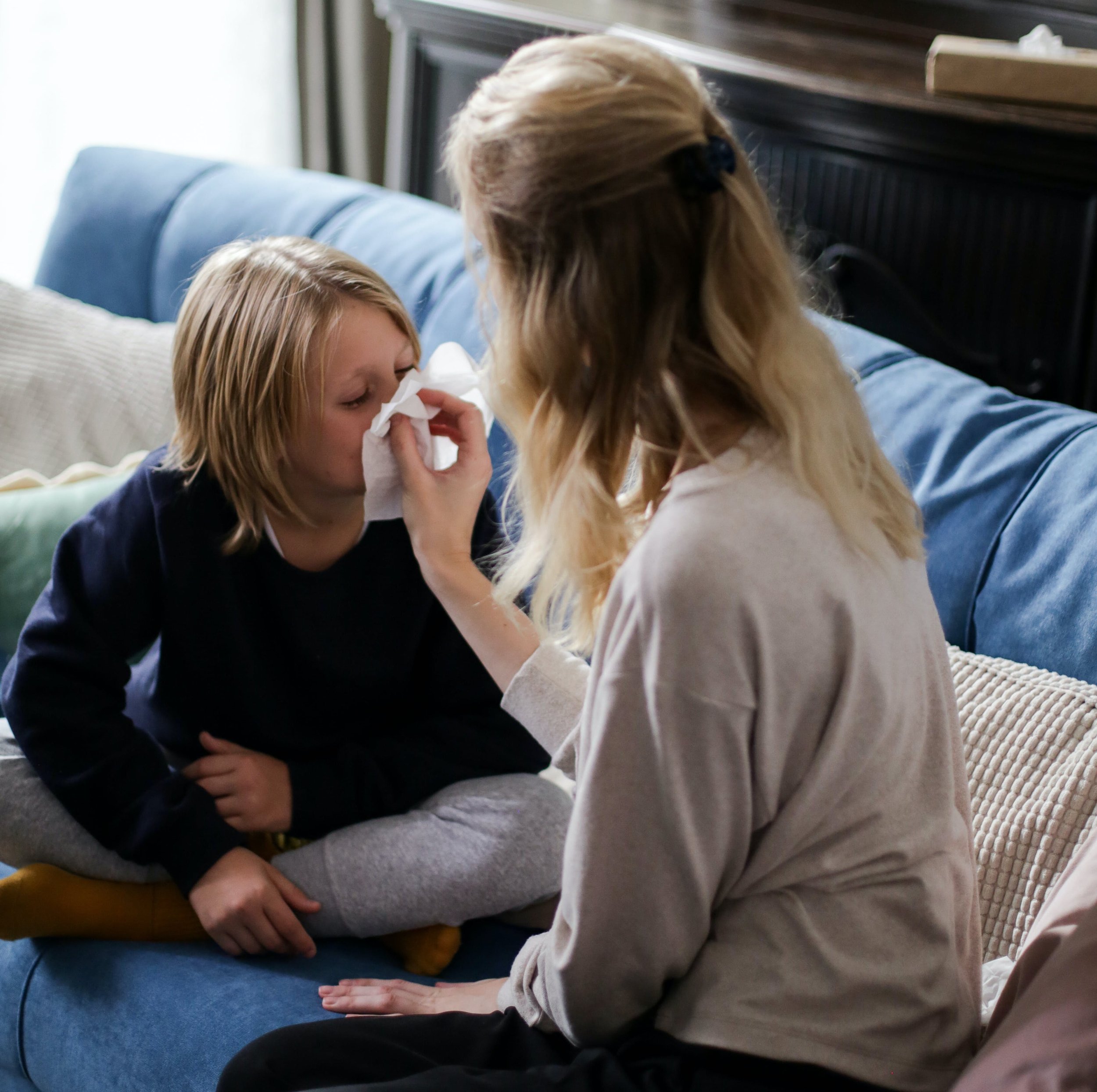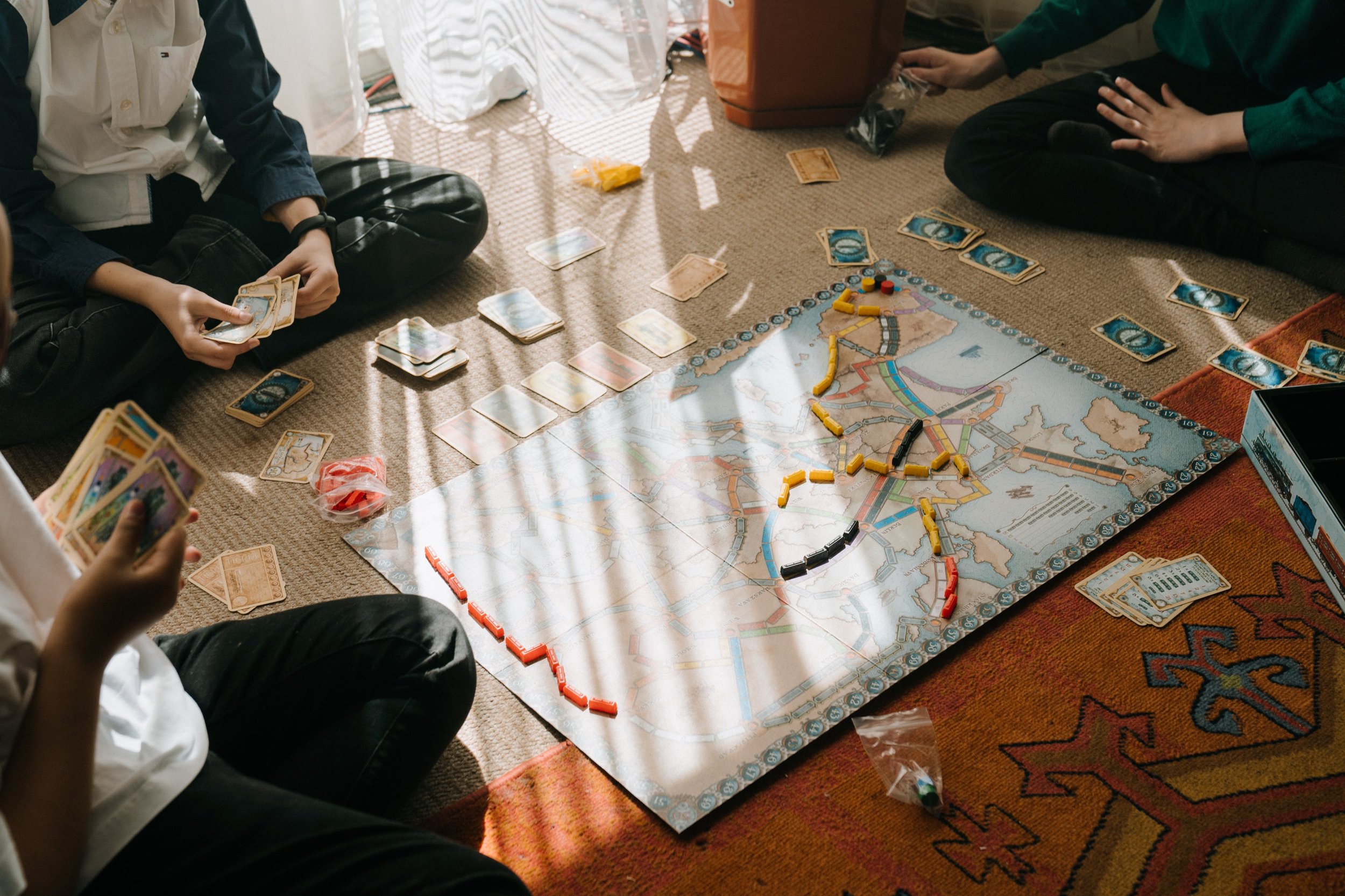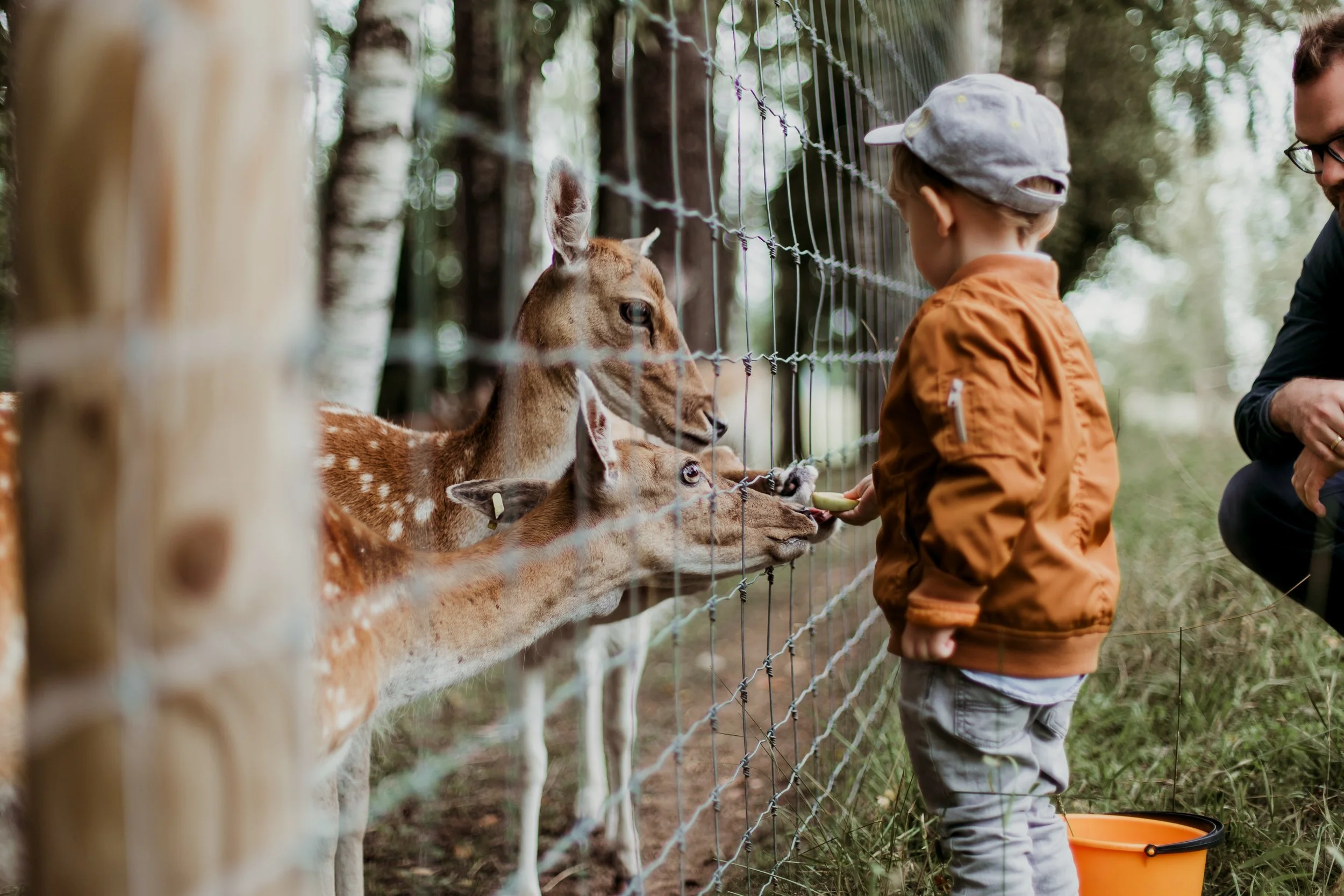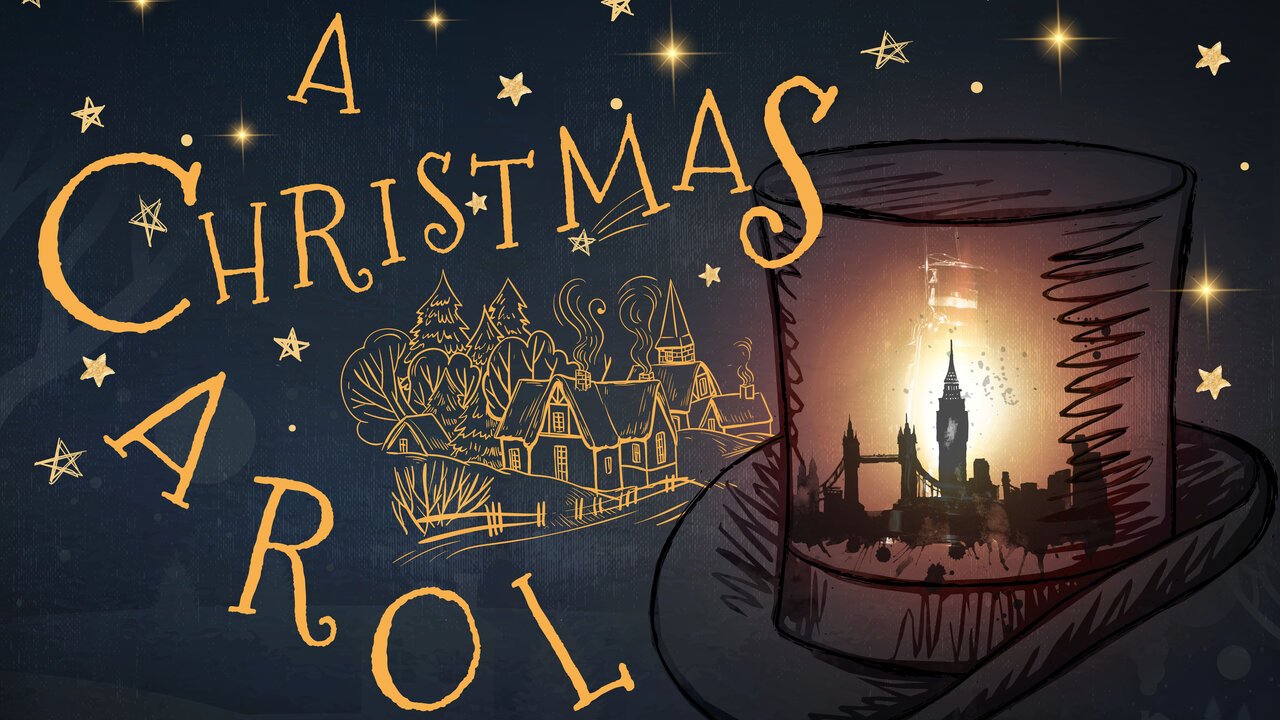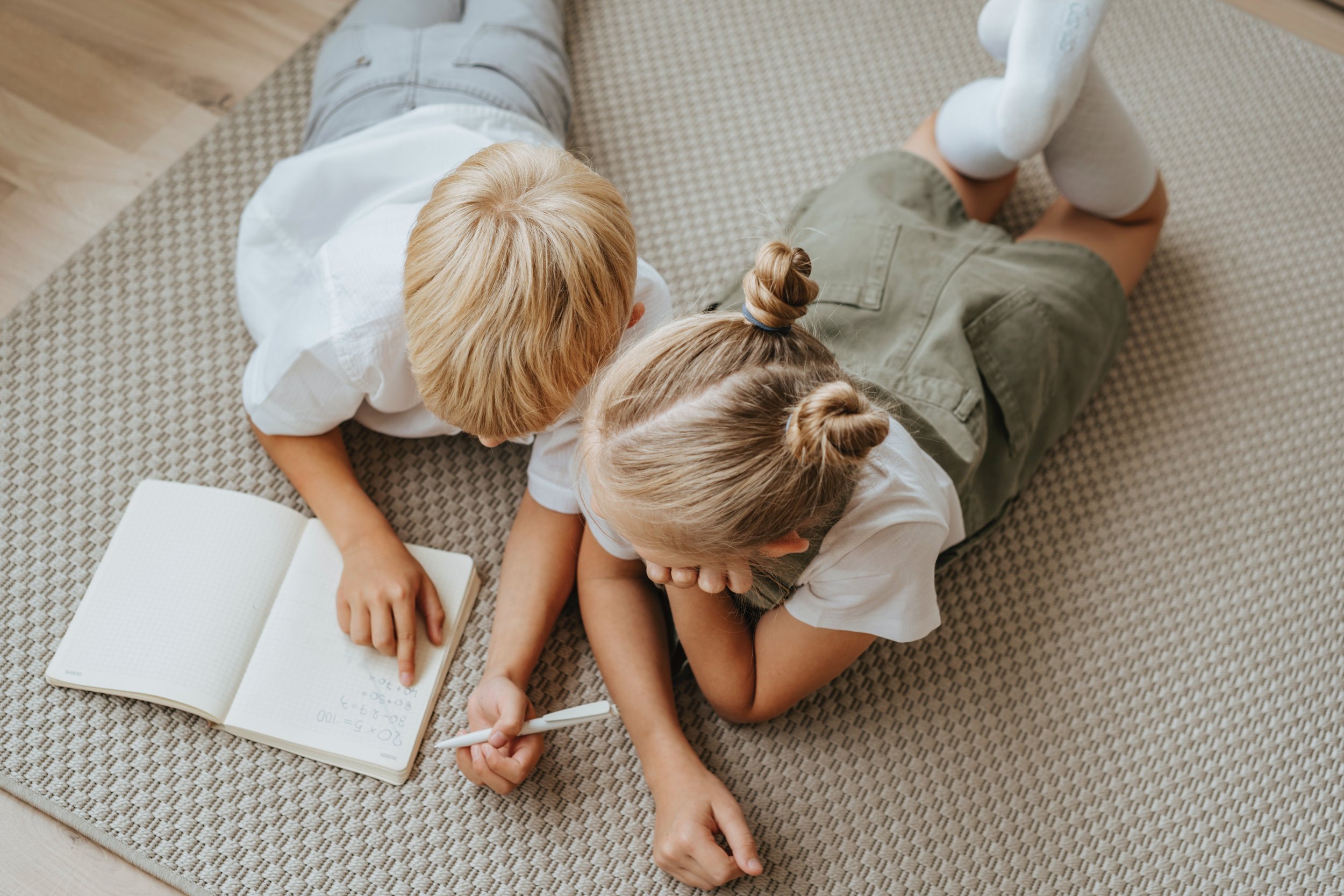Across London, families, schools and businesses are preparing for the cherished Jewish holiday, Passover (or ‘Pesach’), a time of remembrance, reflection and family gathering.
Passover holds deep cultural and historical importance for Jewish families worldwide, commemorating the Exodus, when Moses liberated the Israelites from slavery in ancient Egypt and led them towards freedom.
The focal point of the Passover observance is the Seder, which is a ceremonial meal filled with traditions, storytelling, prayer and symbolic foods. Children are always eager to participate in the Seder, so there are numerous opportunities for parents and nannies to educate on the significance of Passover and Jewish history, as well as create lasting memories through engaging activities.
We are sharing some inspiration for Passover activities that will keep children entertained with opportunities to educate. Of course, every family will observe Passover in their own way, in keeping with their own faith and family traditions so these activities can simply serve as inspiration and be adapted to reflect how your family celebrates.
Suggested Passover Activities for Children
DIY Seder Plate
Encourage creativity and understanding of Passover symbolism by crafting a DIY Seder plate. This hands-on activity allows children to explore the significance of each item on the Seder plate, from the bitter herbs to the sweet charoset. It's not only a craft project but also a learning opportunity to discuss the story and traditions associated with each food item.
You can use store-bought clay to create this or get your hands on one of the kits from Sculpd to create your Seder plate as it comes with paints, brushes, tools and gloss included. For ease, we’d suggest tracing around an existing dinner plate and using something round like the base of a glass (or even an orange) to gently make indentations that will hold each food.
There are often six foods that sit on a seder plate which include a lamb shank bone (zeroa), hard-boiled egg (beitzah), bitter herbs (maror or charezet), vegetable or parsley (karpas), a sweet paste called ‘charoset’ and three Matzah (matzot).
Creative 'Tablescaping' for Seder Night
Transform your dinner table into a visually-captivating scene with a creative 'tablescape’ designed by your children. Encourage them to help decorate the table with Passover-themed centrepieces, floral arrangements or even symbolic decorations like miniature pyramids or frogs. This needn’t be too complex, it could simply be a few flowers picked from the garden and placed in water cups in place of bud vases, or a roll of plain wallpaper painted with their own designs to form a make-shift tablecloth but this collaborative effort enhances the ambiance on Seder and fosters a sense of excitement, pride and involvement in the holiday preparations.
If you’re in need of some creative, child-friendly inspiration, we love this Lego interpretation of the parting of the Red Sea!
Personalised Place Names for Seder Night
Building on the tablescaping activity, why not add a personal touch to the Seder table by creating and decorating place names for each family member and guest. Children can get crafty with art supplies, incorporating Passover symbols or their own artistic flair. This activity not only encourages creativity but also reinforces the importance of family and community during the holiday period.
Afikomen Pouch Crafting
Keep the tradition of hiding and searching for the Afikomen alive by crafting personalised Afikomen pouches. Children can design and decorate their pouches using fabric (for ease, something like this canvas pouch would work well), felt, paper or other recycled materials.
This activity is so simple and adds an element of excitement to the Seder, as children eagerly await the opportunity to search for the hidden Afikomen and claim their reward.
Chametz-Free Baking
Get children involved in Passover-friendly baking activities by exploring Chametz-free recipes together. From Matzah ball soup to flourless chocolate cake, there are plenty of delicious treats to enjoy during Passover.
Baking teaches valuable kitchen skills, encourages children to explore a wider range of foods and provides an opportunity to reinforce the dietary restrictions associated with the holiday.
We cannot wait to try these KFP Chocolate Chip Ice Cream Cookie Sandwiches from the Jewish Chronicle. They are the ultimate children’s dessert and take just 24-minutes from start to finish!
Engaging children in Passover activities goes beyond just having fun—it's also an opportunity for learning, development and strengthening bonds with family and your nanny.
Whether you try the activities above or explore your own, getting children involved in Passover activities helps to promote:
Cultural Awareness as children learn about their heritage and the significance of Passover traditions, fostering a sense of cultural identity and pride.
Creativity and Expression. Crafting, decorating and participating in Seder preparations encourages children to express themselves creatively while developing their fine motor skills.
‘Togetherness’. Collaborative activities like making their own Seder plate or table decorating helps strengthen personal relationships and creates lasting memories for children and adults alike.
However you and your family are celebrating, we wish you a joyous and memorable Passover celebration. Chag Pesach sameach!







